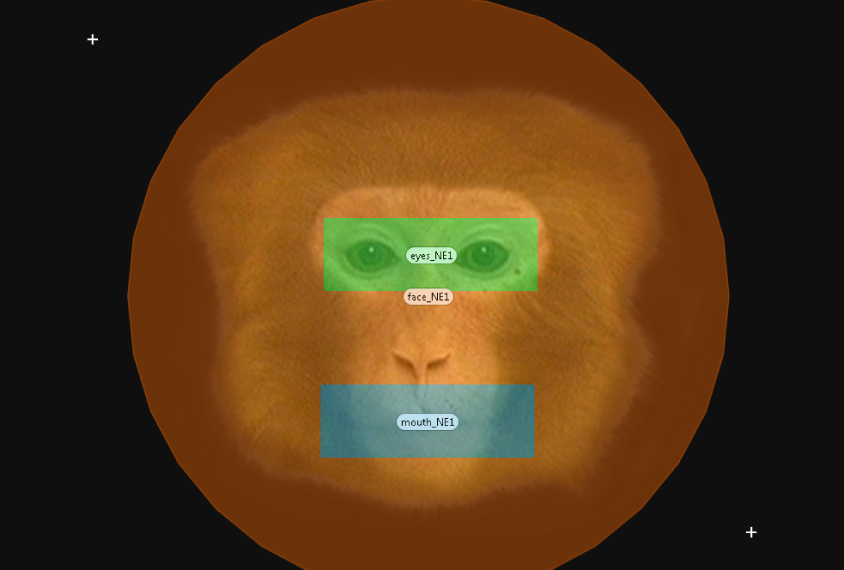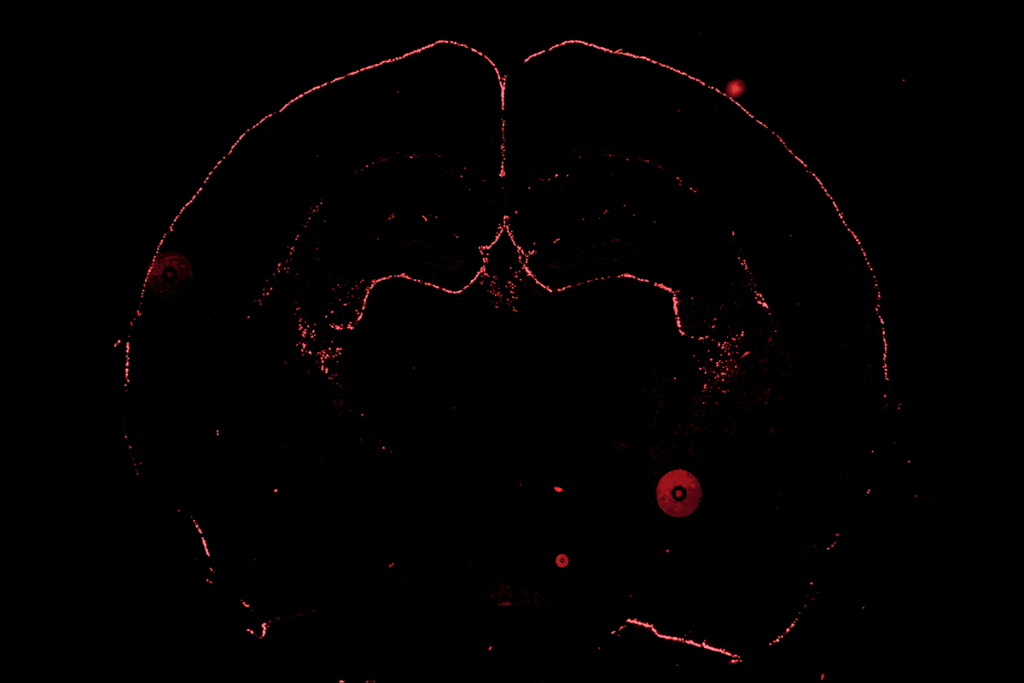A pair of tools that gauge social abilities in rhesus macaques may help researchers study autism-like behaviors in monkeys.
The first is a refinement of the macaque version of the Social Responsiveness Scale (SRS), a 65-item questionnaire that measures social abilities in people and can be used to assess the severity of autism traits1. The second uses eye-tracking to analyze how often a monkey looks at eyes or faces while viewing videos and photos of other monkeys2.
Macaques, like people, are highly social and showcase a range of social abilities. Monkeys that are less social than average can display behaviors reminiscent of those seen in people with autism.
To study these ‘low-social’ macaques, however, researchers have to first identify them. Scientists generally spot low-social monkeys by watching macaques interact in a group and scoring the length or frequency of their social interactions, which can take several hours. To measure monkeys’ social abilities more easily, a team of researchers adapted the SRS for use in macaques in 2016, resulting in a 36-item rating scale. But they did not test whether it can accurately identify monkeys with social difficulties3.
In the new work, a different team of researchers used the macaque SRS to gauge the social skills of 116 macaques that live in two half-acre outdoor corrals in groups of up to 150 individuals. Six raters, three assigned to each corral, assessed each monkey on two separate occasions, two weeks apart. The researchers then tested how consistent the scores were across raters and over time.
Social scale:
The researchers created a shorter 17-item version of the scale by eliminating items that had yielded inconsistent scores. They then tested it with an additional 233 macaques, observing each for 10-minute periods and tallying the frequency of behaviors such as playing, grooming, being close to another macaque and spending time alone.
The 17-item scale accurately predicts an animal’s social behavior, the researchers report. Monkeys with higher SRS scores, which indicate more social difficulties, generally spend more time alone and less time grooming or playing than monkeys with lower scores do.
The SRS scores also differentiated the 14 least social monkeys from the 14 most social monkeys (which the researchers had identified earlier using behavioral observations) with 96 percent accuracy, the researchers report.
The scale takes only a few minutes to complete if the rater is familiar with the monkey’s behavior, and it could help scientists quickly and accurately identify macaques with social problems, the researchers say. It could also be used to measure macaques’ autism-like traits in treatment trials. The scale was described in July in Autism Research.
Eyeing eyes:
In a separate study, researchers found that where a macaque focuses its gaze while viewing videos or photos tracks with its tendency to interact with peers.
Autistic people tend to pay less attention to eyes than typical people do when looking at videos or photographs, eye-tracking studies show. And the less time a child spends looking at social aspects of videos, such as eyes or faces during an eye-tracking task, the less likely she is to interact with others4.
Researchers have used eye-tracking on monkeys for decades, but few studies have looked at the connection between eye tracking and measures of social behavior.
In the new paper, the team followed 14 infant rhesus macaques from birth to 6 months of age. For three hours a day, the researchers placed the infant macaques, along with their mothers, in a large cage to socialize with three other mother-infant pairs and an adult male. The team watched each infant macaque for five-minute periods, tallying how often it initiated interactions with its mother, another adult or an infant peer, and how long it spent interacting with peers.
For the eye-tracking measurements, the researchers placed each infant in a box with a peephole, through which it could view a screen showing a series of photographs and videos, such as a close-up of another macaque’s face.
Macaques that spend the most time gazing at eyes in the photos and videos also spend the most time interacting with peers and initiate the most interactions with other infants, the researchers reported in July in Developmental Psychobiology.
The preliminary findings suggest that eye tracking could be a useful tool for assessing macaques’ social behavior, the researchers say. It may also help scientists explore the mechanisms that underlie social difficulties in autism.





